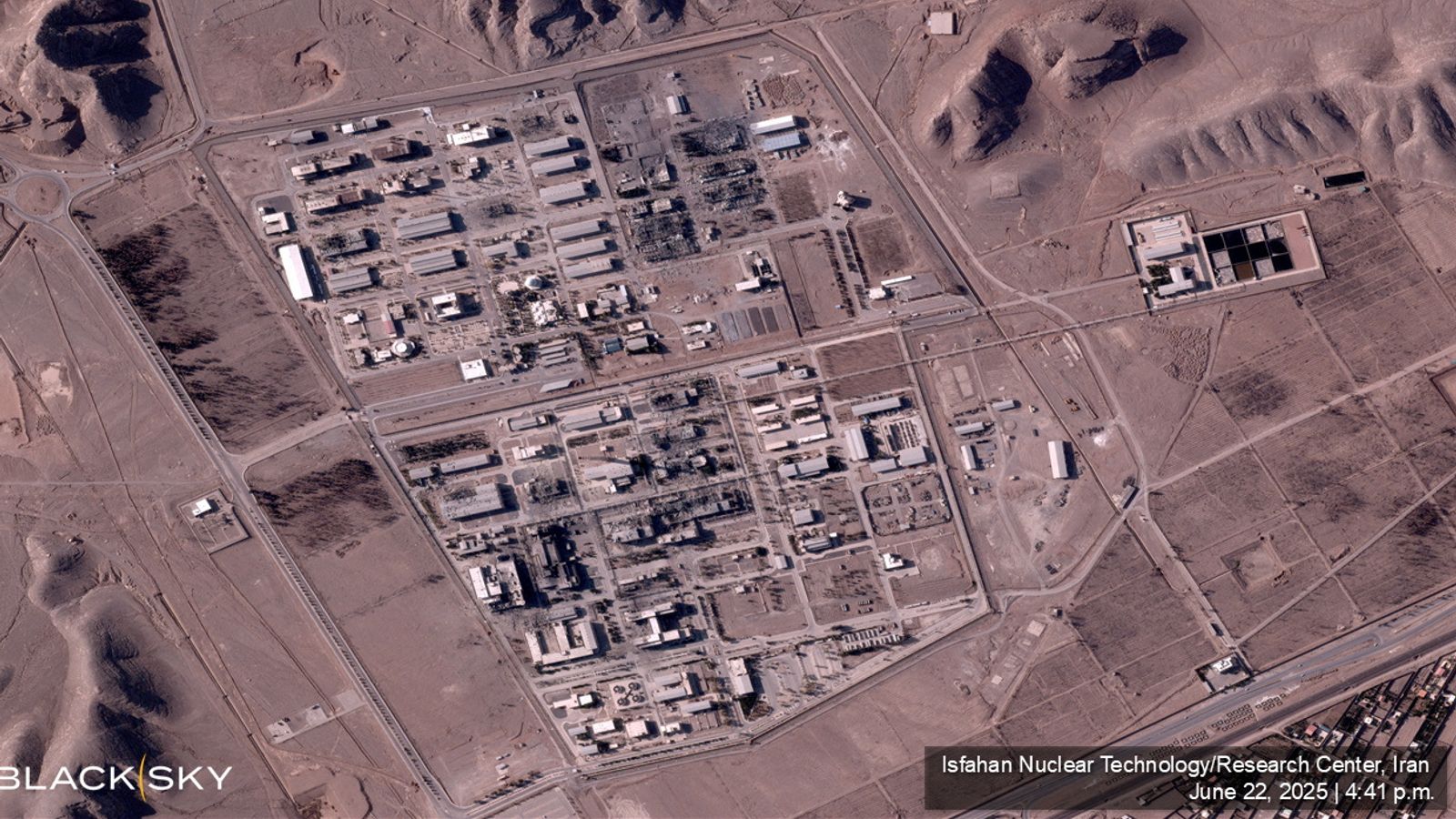Explained: From ‘Make Iran Great Again’ to a Sudden Ceasefire – How Trump’s Words Marked a U-Turn
The recent 36 hours have been tumultuous for the Middle East, as political tensions soared and then seemed to abruptly cool with a fragile ceasefire between Israel and Iran. Central to these dramatic shifts has been none other than former President Donald Trump. His social media activity—infamous for its capitalized emphasis and exclamation-laden proclamations—has sparked significant geopolitical repercussions. This article aims to unpack the words and actions that shaped this acute turnaround.
The Initial Provocation: ‘MIGA!!!’
The episode kicked off late on a Sunday, with the U.S. striking nuclear sites in Iran, intensifying the already fraught atmosphere. Trump took to social media, suggesting a radical change of course for Iran with the catchphrase “MAKE IRAN GREAT AGAIN.” This slogan, reminiscent of his previous campaign mantra, caught immediate attention and fueled speculation about regime change in Tehran. Trump’s audacity in threading a slogan echoing his "Make America Great Again" strategy into an international crisis showcased his unapologetic style.
The Trumpian Triumph: ‘Bullseye!!!’
As the early hours of Monday rolled in, Trump continued to amplify his narrative. He celebrated the "monumental damage" inflicted on Iran’s nuclear infrastructure, declaring “Obliteration is an accurate term,” followed by a self-congratulatory “bullseye!!!” This language not only reinforced his combative stance against Iran but also indicated a level of satisfaction with the U.S. military’s operations, feeding into his persona as a decisive leader.
Shifting Blame: The Media and Iran
As tensions escalated and a U.S. military base in Qatar came under Iranian fire, Trump’s social media discourse began to take a turn. Instead of addressing the attack directly, Trump critiqued the media for allegedly downplaying his earlier claims of "total destruction" in Iran. This tactic reflected his long-standing approach of seeking to redirect blame and defenses, focusing on what he termed the “Fake News,” rather than the complexities of the unfolding situation.
A ‘Very Weak Response’
In the unfolding chaos, Trump eventually acknowledged Iran’s attack on the U.S. base, albeit with a dismissive attitude. Characterizing the Iranian retaliation as a “very weak response,” he noted that no U.S. soldiers were injured and even expressed gratitude for Iran’s advance warning of the attack. His tone suggested an attempt to downplay the severity of the situation while simultaneously bragging about the perceived ineffectiveness of Iranian military capability.
A Sudden Ceasefire Announcement
The surprise announcement of a ceasefire came around 11 PM, as Trump proclaimed that Iran and Israel had agreed to halt hostilities. This proclamation arrived shockingly soon after Iranian forces had launched an attack, raising eyebrows about the sincerity and sustainability of the ceasefire. His social media post, filled with excitement as he toasted the truce, set the stage for further developments that were anything but stable.
Tension Resurfaces: The Israeli Attack
However, tranquility proved ephemeral. As the ceasefire was set to take effect, reports surfaced of an Israeli strike, igniting Trump’s frustration. Addressing reporters, he urged Israel to "calm down," illustrating the precariousness of the situation. His emotional language reflected the gravity of the stakes involved and the delicate balance he sought to maintain.
A Candid Reflection on Warfare
In a moment of unfiltered candor, Trump remarked on the prolonged conflict between Israel and Iran, stating, “We basically have two countries that have been fighting so long and so hard that they don’t know what the f*** they’re doing.” This raw appraisal offered a glimpse into his frustration with the complexities of Middle Eastern geopolitics and the challenges of mediating peace in a historically contentious region.
Directives to Israel
Following his explosive remarks, Trump made it clear that there would be no further attacks on Iran, insisting that military efforts would halt. He quipped about a “friendly ‘Plane Wave’ to Iran,” showcasing his characteristic blend of humor and seriousness, while also reiterating that Iran would not be permitted to rebuild its nuclear facilities.
Engaging with Allies
Not one to shy away from claiming credit, Trump later shared what he described as a message of gratitude from NATO chief Mark Rutte. The screenshot read, "Congratulations and thank you for your decisive action on Iran." This gesture illustrated Trump’s ongoing endeavor to position himself as a critical player on the world stage while reinforcing alliances.
A Moment of Pride
In his latest social media communications, Trump conveyed a tone of pride, claiming, “Both Israel and Iran wanted to stop the War, equally! It was my great honor to Destroy All Nuclear facilities & capability, and then, STOP THE WAR!” As he attends a NATO summit in the Netherlands, the world watches closely, aware that Trump’s next statements could shape the trajectory of Middle Eastern geopolitics yet again.
Through a cocktail of provocation, bravado, and unexpected diplomatic outcomes, Donald Trump’s words have undeniably woven a narrative that reflects the chaotically dynamic fabric of international relations in the Middle East. As events continue to unfold, the implications of his statements will be felt well beyond their immediate context.


